Rating: ★★★★☆
Status: complete, pay to play
Genre: adventure/mystery, 2D, narrative, point and click
Gameplay: single-player
Playtime: 4-5 hours (complete walkthrough)
Replay Value: high, one ending with many possible routes
Difficulty Level: easy, reading-heavy
Gameplay and Mechanics: 3/5
Graphics and Art Style: 5/5
Story and Theme: 5/5Ultimate Assessment:
This post-apocalyptic fragile society built off of the last landmarks of humanity is deeply emblematic of the human condition to persevere. Saltsea Chronicles returns society to pre-industrial times following the events of a world ending flood, where we meet a vagabond ship crew of misfits. This game is full of personality, community and moral prose. Take a chance to unfold this story in a slow-paced, multiple character gameplay and you may find, like me, that sometimes having no hero save the day was the best outcome of all.
There is something so spectacularly brilliant about bringing forth a story that challenges the immersive quality of audiobooks and rivals the artistic mechanisms of graphic novels. I have had my eyes on this game for weeks now and I finally caved and played it. Let me just say. I was completely unprepared for how extensive the gameplay would be for someone who obsessively seeks out side quests over the main storyline. The actual playtime likely would have been closer to an hour if I played straight through on the main quest, but the environment is full of observations, conversations and card games for every island you visit. Furthermore, Saltsea Chronicles capitalizes on a storyline of having multiple middle characters which made for more content overall. So for all my booktokers out there, you may feel like you are navigating a living breathing book as opposed to a linear straight-shoot videogame (you won’t hear me complaining though).
There are 12 chapters with 14 possible islands to explore, but I encourage more than one playthrough as you likely won’t get to all the islands in just your first attempt. While you get to dictate the direction of the storyline, the flow of the game is largely dictated based off of the chapters and there are certain hardline story points that you can’t skip. Not only that, with five dominate playable characters, their own backstories largely influence the journey and the areas you visit. Needless to say, there is plenty of opportunity to explore and get to know your crew (or ignore them if you so choose).
This game is certainly comparable to the branching plot similarly seen in The Dark Picture Anthology series by Supermassive Games, but without the horror elements or actionable consequences as there is only one possible ending. The appeal of the game however is much closer to the effect Spiritfarer in how we build a crew, discover islands, and learn about the world. Die Gute Fabrik, the studio behind Saltsea Chronicles, is spearheading the versatility possible in narrative gameplay.
Let this be your official warning that this post is chock-full of spoilers. For those who are ready to play the game, let me leave you with this; Saltsea Chronicles is a slow-paced mystery adventure where a vagabond crew of misfits goes searching for their missing captain. Along the way, they uncover secrets of her controversial history dealing with pre-flood knowledge and the lies she planted among the crew. As you discover a danger that threatens the delicate balance of the archipelago, can you find their captain before its too late? Or will your journey expedite the looming catastrophe in the ocean waters?
UNDERSTANDING THE PLOT HOOK
Now, in a game that is predominantly a playable novel, I don’t want to lose you as I discuss chapter by chapter the brilliant story elements woven into the countless conversations, details and environments I encountered… Instead, let me break it down by the three different experiences you can have in the game; The main storyline, side quests and the mini-game “Spoils”.
The story opens with the crew huddled around a campfire on the night before a promised great adventure. Our crew is Molpe, Iris, Stew and Murl lead by their captain — Maja. But as we ready to set sail to the sea, we discover our captain has disappeared in the darkness of night, leaving many questions in her wake.
Our adventure begins on Njarfie Roust, an island with a deeply cultural dependent community that is both cautious and untrusting of the captain’s crew. Once a home to Maja, she is no longer loved and welcome by the people after an unfortunate death of her old mentor. As we navigate the islands searching for clues on her disappearance, we gain another member Neshko, who too eagerly boards our ship. Due to the influence of a skeptic local, our departure is swift and as penance for stealing away a ship to search for Maja — the people curse us and karma quickly comes — for just as we embarked to the sea we crashed on a nearby gathering of vessels known as “The Float”. Here, our ship, The De Kelpie, and one of our crew, face damage from a raging storm the night of our escape.
Alright, that’s enough setting up of the storyline…
In a point and click adventure where there is not much else to do besides read the story and get to know the characters, I suggest really diving in. On the official itch.io page for Saltsea Chronicles, the quoted gameplay time is about one hour. However, I think I logged somewhere closer to five hours by the conclusion of the storyline. See, between having five dominant playable characters (with a few other possible joining crew members), and traveling to 14 possible islands — you have a lot to experience narratively. The game broke out of a flat 2D platform experience by incorporating icons to interact with in your environment. In fact by chapter 2, the gameplay mechanics really came into focus for me, as I wasn’t so wrapped-up in getting to know our characters and the opening plot. Different icons, and vibrations from the controller (I played this on the Nintendo Switch), indicated different experiences. Ellipses, eyes, stars, and doors all prompted what the selection of the icon would entail; a conversation, an observation, a point of conflict or moving between areas.
Add on to it that the more you interact with, the more opportunity you have to collect mementos. Something I really enjoyed about this game is that we can keep record of encounters, architectural marvels, hall markers of technology and so much more through the The Almanac. This acted as both the directory and a virtual book that tracked our progress and collected “artifacts” from the story.
The story is largely dictated by the flow of the character interactions you select to venture the island, and while there is an opportunity for every character to explore an island at least once, any more than that is up to you. I found that many hints in conversation led me to discover where characters had history, and what would supplement the plot the most. But as this is an adventure mystery, I would be remiss if I didn’t mention that you don’t get to do any detective work. Instead you are along for the ride.
UNDERTAKING THE SIDE QUESTS
While navigating the many islands of the Saltsea Archipelago there are countless interactions you have with NPCs and hidden sleeper characters. But while most side quests end up being support based content that keep the story moving, and gives cause and action to many of our middle character crew motives, there are interactions that build into the world lore and law of Saltsea Chronicles. There is a particularly insightful interaction between a trader on the community of The Float and two members of the crew where she gifts them a coin. This being a symbol of old monetary exchange from pre-flood times that many traders feel is bad luck and an ill-omen. So, while this small interaction gets exchanged between traders during your investigation, whether you choose to keep or refuse the coin is up to you.
With a little practice and some patience as you click through NPCs, you can learn which interactions are essential to the main quest for you to take further action. But if you want the chance to gain more collectables for your Almanac and to build upon the lore of the game, then the little side quests sprinkled throughout the game help extend the life of your gameplay.
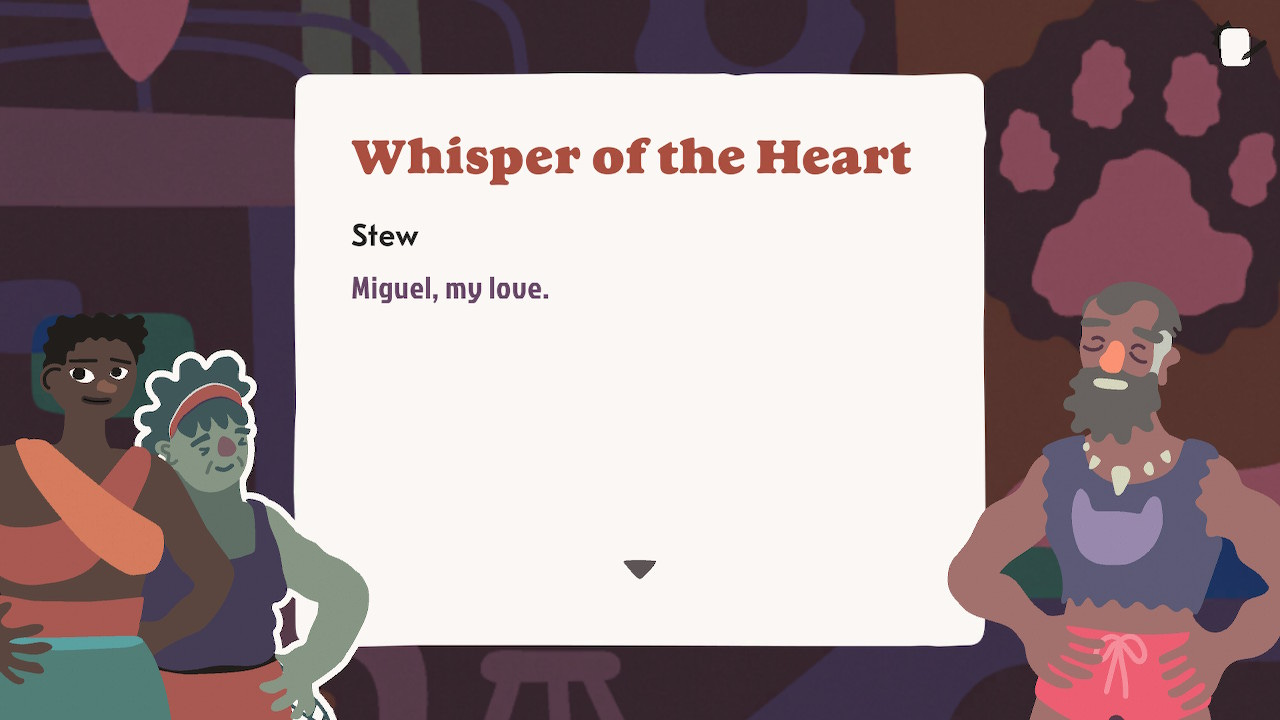
The Studio Die Gute Fabrik published a fantastic article from one of their storyboard writers on the developmental work they did for the narrative of Saltsea Chronicles. I was particularly fascinated by their developmental element known as “The 100,” where “non-player characters (NPCs) and shorter story ideas” lived for quick reference and supplement to keep the process streamlined and diverse when creating all the interactions your characters can have in-game. My own conclusion here is that this mass-community google doc was THE bread and butter for the background stories, culture and community that supported the main storyline. Honestly, take a look at the post yourself, I always find the behind-the-scenes of games to be particularly intriguing and fascinating.
NAVIGATING THE CARD GAME SPOILS
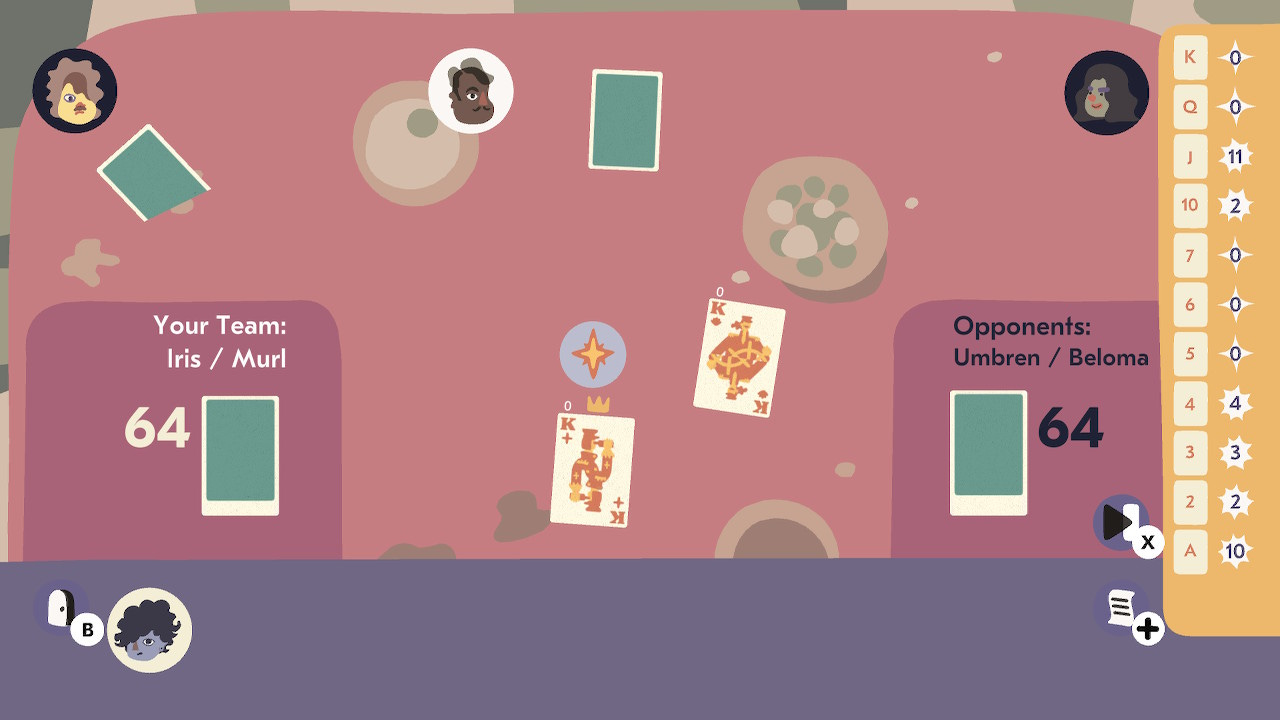
Alright, let me start by saying this was the least enjoyable parts of the game. I have never really sought out card games and I find them to be challenging to have the differing rules straight. That isn’t to say that I don’t enjoy a good hand of black jack every now and then, but I definitely don’t go playing solitaire in my free time. I do however appreciate the ingenuity and the sheer individuality that Saltsea Chronicles maintains in these card games, as I have never played one like it before (admittedly could also be my lack of experience).
It wouldn’t be a stretch to say that this little mini-game found on every island was a way to break up the content heavy gameplay that is flooded with reading, giving gamers a break in a point-and click gameplay and allowing for a more involved game mechanic. It’s also particularly helpful to have a key that always lives on the right sidebar reminding gamers the hierarchy of points for the cards in your hand, something Saltsea Chronicles is very good with overall (particularly populating glossaries and keywords during conversations with NPCs).
The biggest drawback for me in Spoils is that there was no obvious reward system. I found no hidden content was generated from executing the mini-game, nor did it help advance the story. Did I loose every game I played? Yes. Did I try harder to learn the rules so I could win? Definitely not. So if you’re like me, you’ll find that you will want to skip the card game and stick to what you came for, narrative gameplay.
A LOVE LETTER TO THE ART
Saltsea Chronicles has much to offer for the everyday cozy gamer and all the booktok girlies, but most of all it offers great imagination come alive in its art for all the appreciators out there. In the three-something years of development this independent Denmark and UK based game studio has brought a new reimagining of narrative videogaming experiences to our screen.
I have such an immense appreciation and sense of awe from this game. The playable experience was so immersive in its art style somewhere that along the way I completely forgot about the lack of voice acting. The woven sound graphics of natural biology (sighs, grumbles, exclamations, groans, affirmation, etc.) is subtly present but extremely vital to maintaining the environment in-game. We are given just barely enough to have the ability to identify what their voices would sound like without hearing them articulate full sentences - but the encounters between characters are so engaging that my brain would fill in the gaps and subconsciously create verbal personalities for our crew.
Furthermore, the sheer volume of diverse structures and cultures that are breathed into life through the variety of color, textures and artistic formats in the game - that we as the gamers can feel a fully fledged journey in-game. It is well deserving of its recognition and the indie group of developers has designed a phenomenal narrative experience. Having had the opportunity to play it once through, I will elect to make different choices in-game on a second round so I might have the chance to achieve a true 100% completion of all islands and possible routes to undertake.

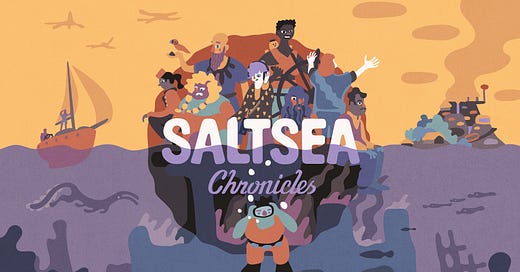



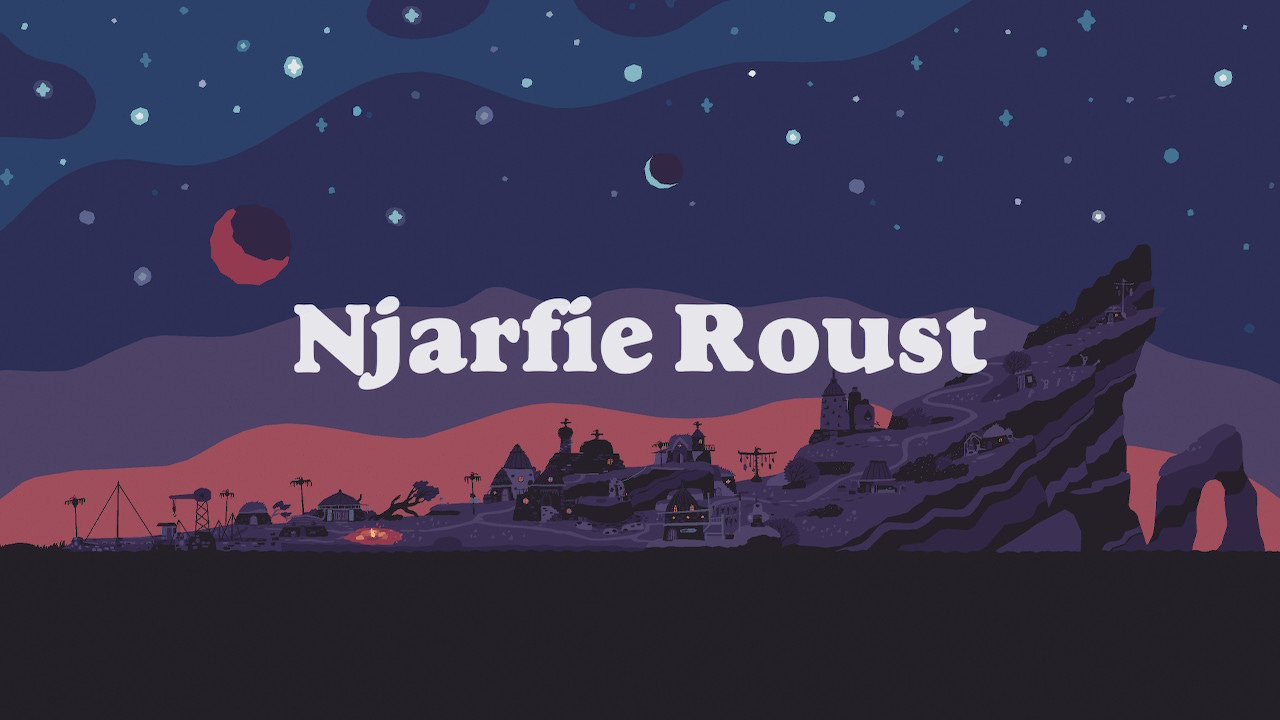
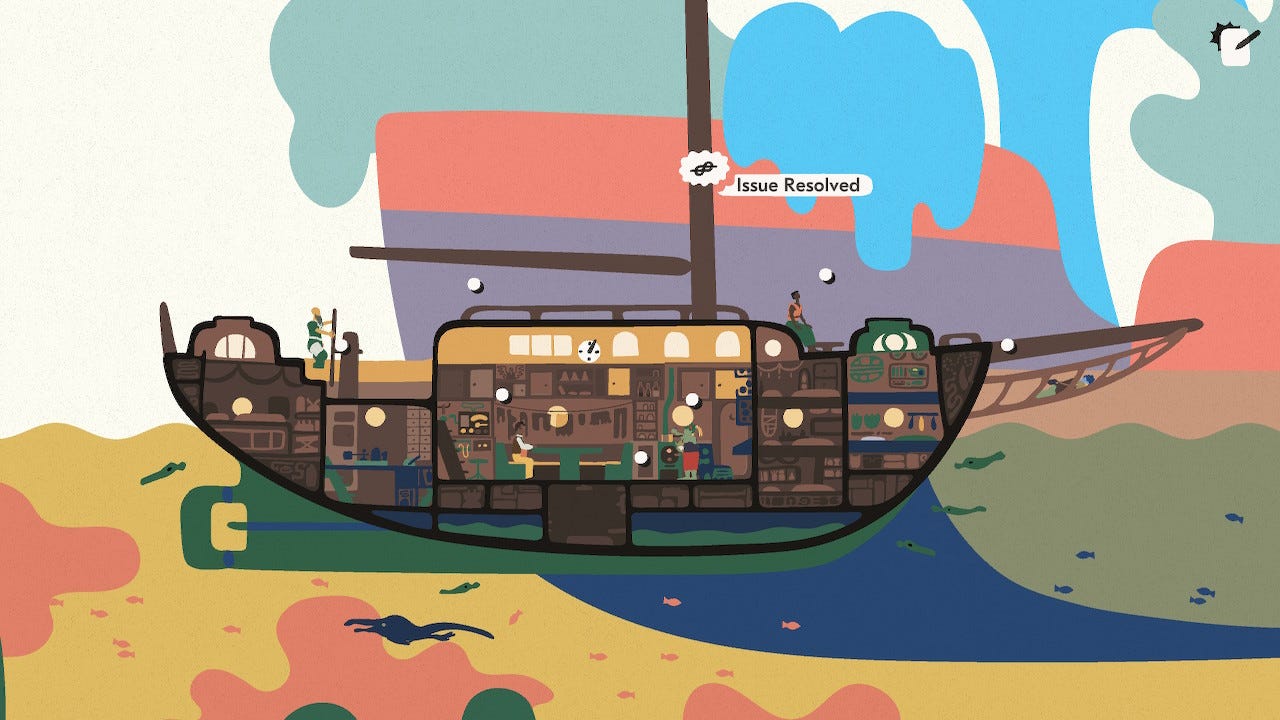
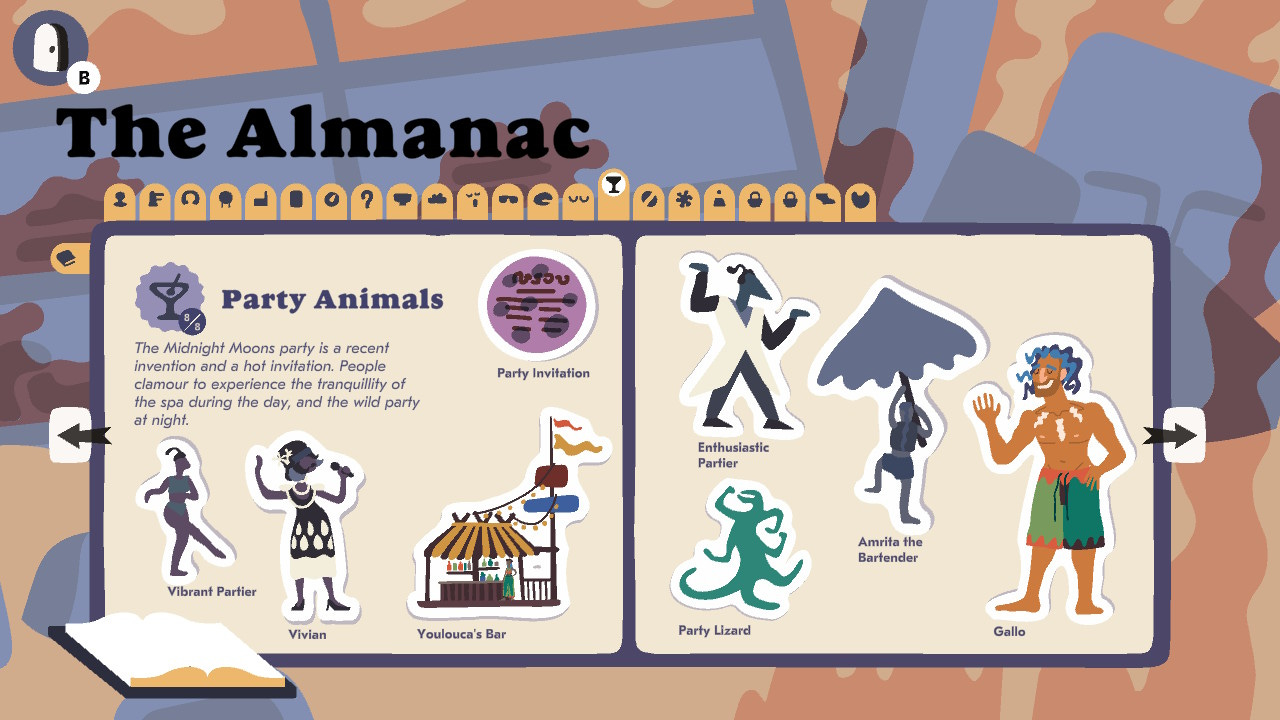
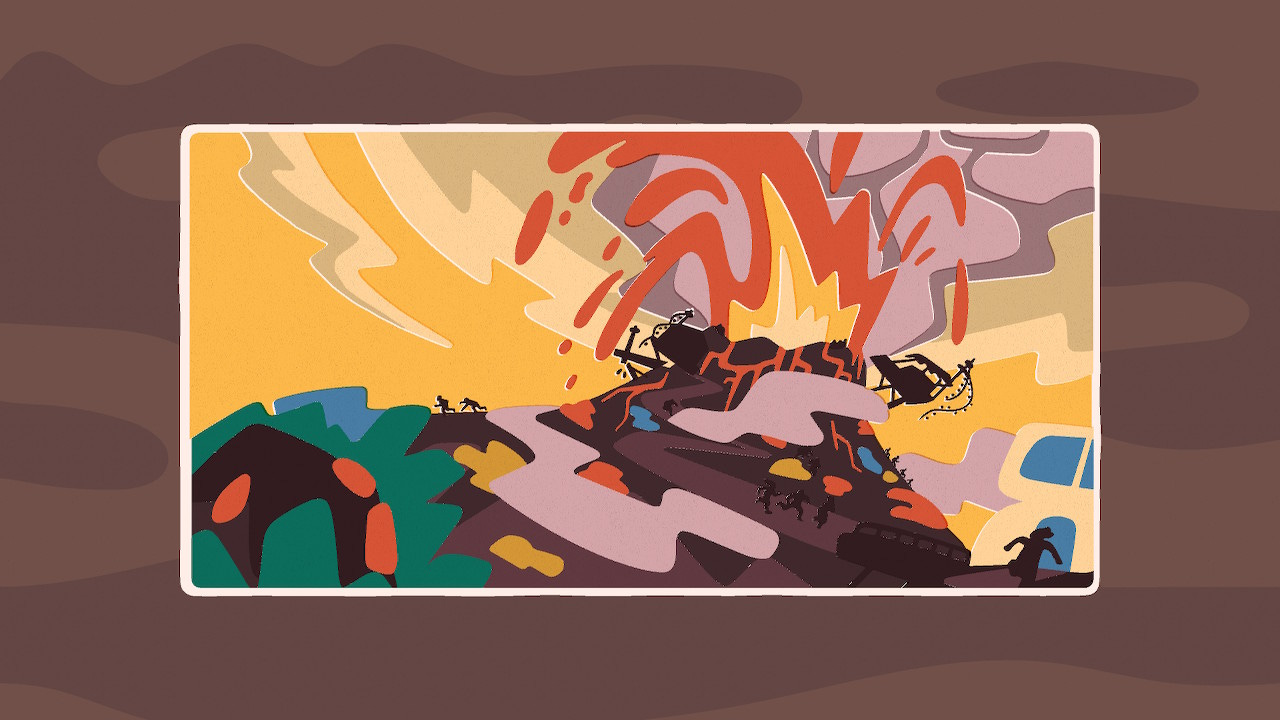
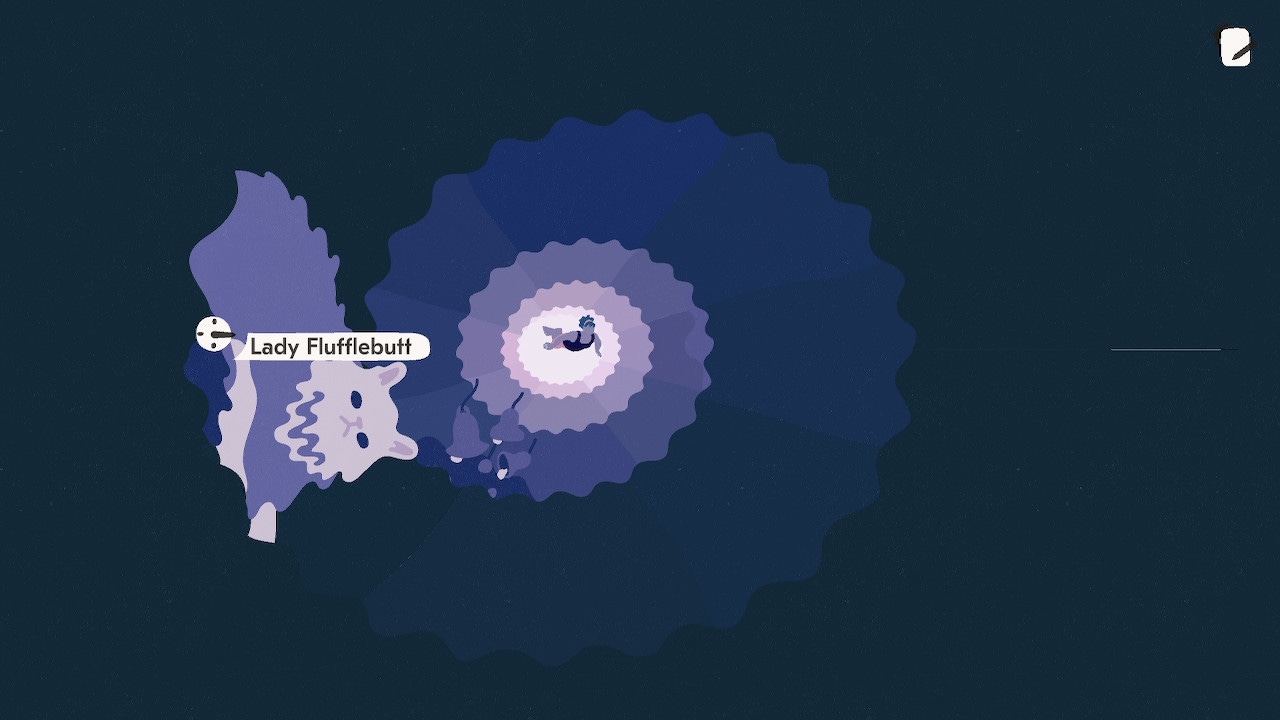
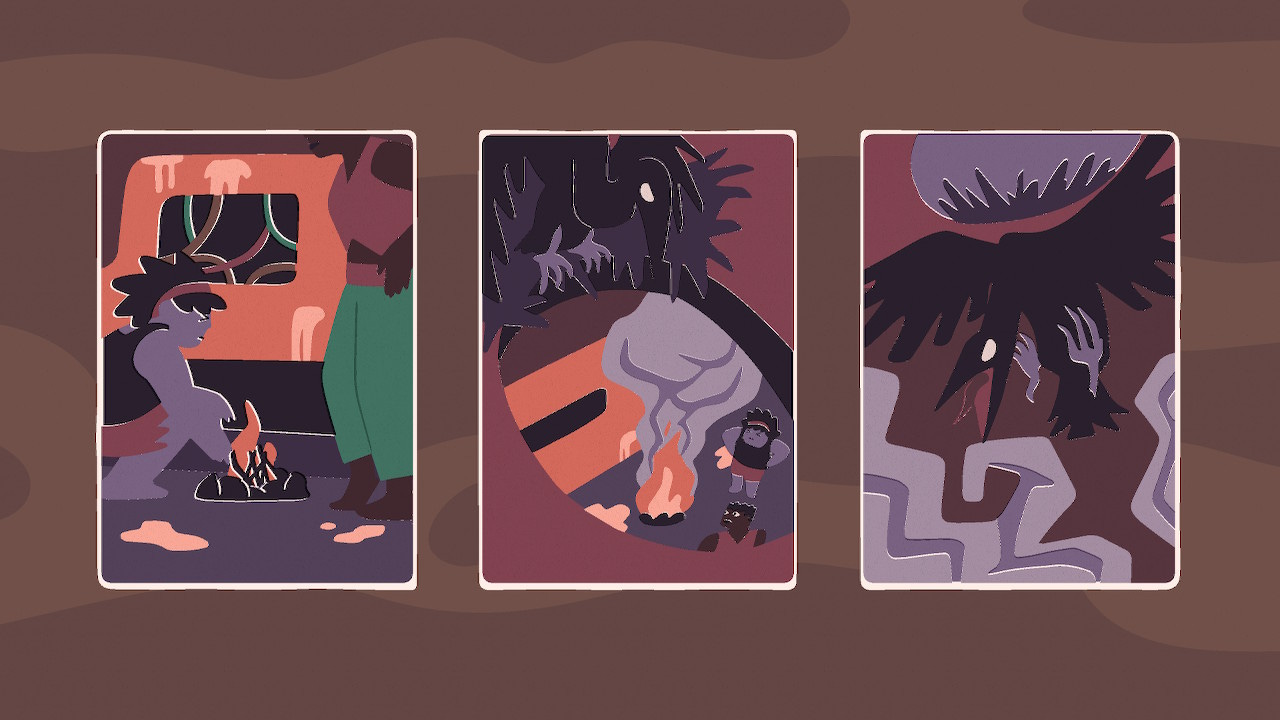
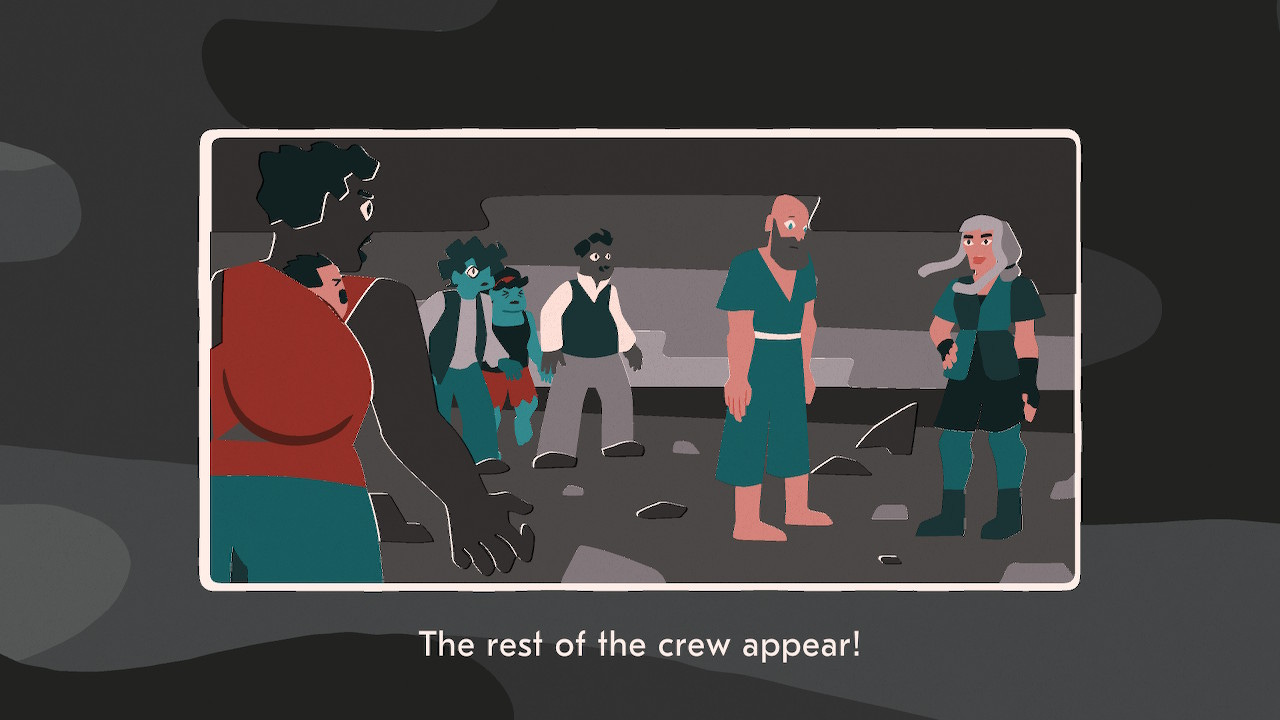
I love you please make moar